Theoretical Paper
- Computer Organization
- Data Structure
- Digital Electronics
- Object Oriented Programming
- Discrete Mathematics
- Graph Theory
- Operating Systems
- Software Engineering
- Computer Graphics
- Database Management System
- Operation Research
- Computer Networking
- Image Processing
- Internet Technologies
- Micro Processor
- E-Commerce & ERP
Practical Paper
Industrial Training
IOT - Protocols
4 Key IoT Protocols – Learn In Great Detail
Protocols? What are Protocols? What are IOT Protocols? Are there any types of IoT Protocols? If yes, then how many and what are its types? Wait, stop. You will be getting the answers to all such questions in this article. So, brace yourself up and start learning.
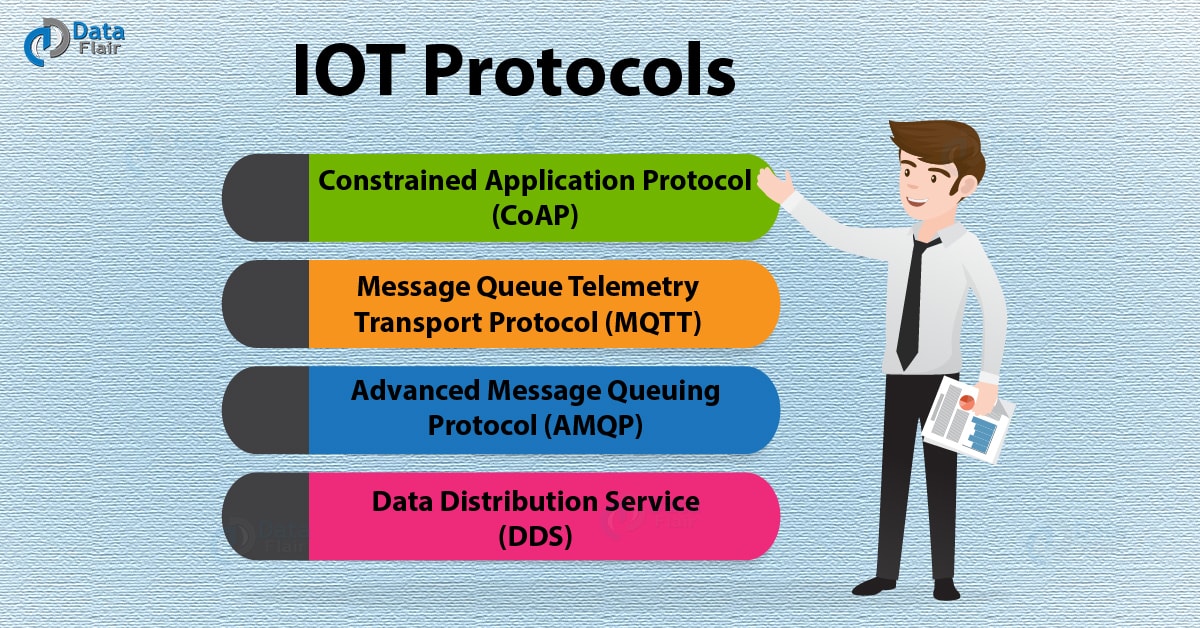
IoT Protocols
1. Constrained Application Protocol (CoAP)
CoAP is an internet utility protocol for constrained gadgets. It is designed to enable simple, constrained devices to join IoT through constrained networks having low bandwidth availability. This protocol is primarily used for machine-to-machine (M2M) communication and is particularly designed for IoT systems that are based on HTTP protocols.
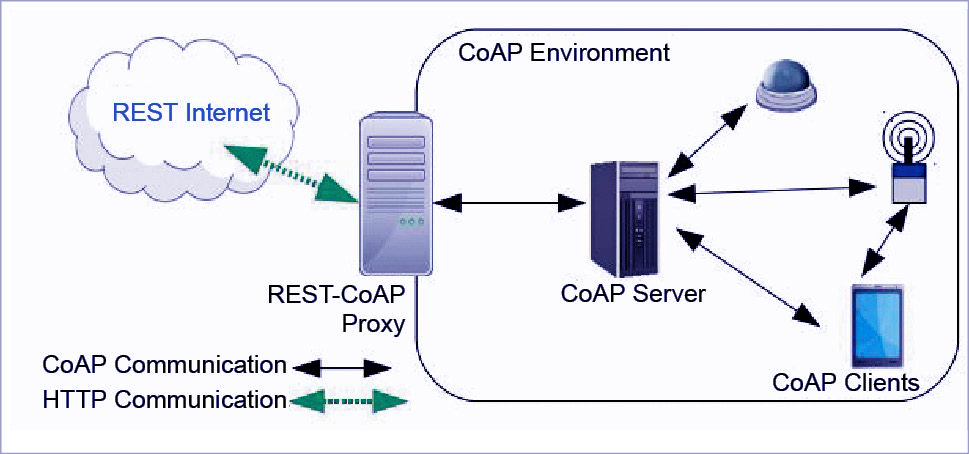
CoAP makes use of the UDP protocol for lightweight implementation. It also uses restful architecture, which is just like the HTTP protocol. It makes use of dtls for the cozy switch of statistics within the slipping layer.
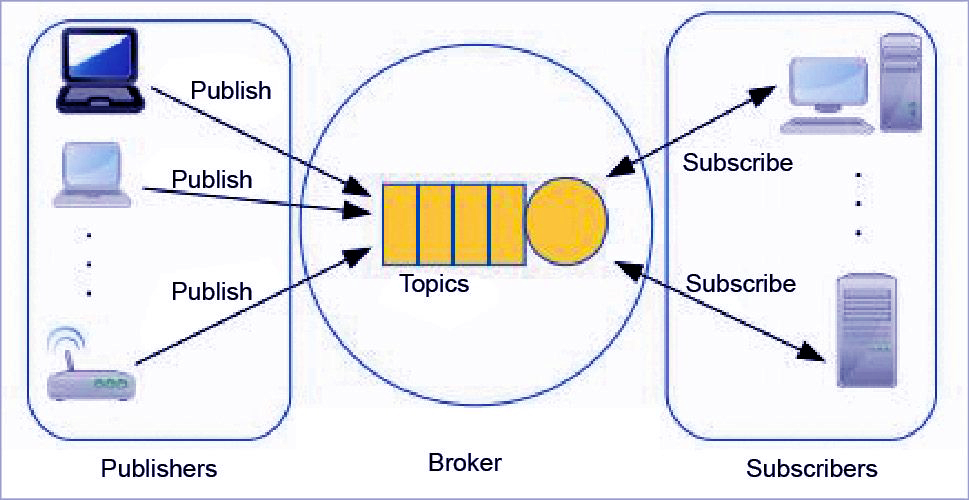
2. Message Queue Telemetry Transport Protocol (MQTT)
MQTT (Message Queue Telemetry Transport) is a messaging protocol developed with the aid of Andy Stanford-Clark of IBM and Arlen Nipper of Arcom in 1999 and is designed for M2M communication. It’s normally used for faraway tracking in IoT. Its primary challenge is to gather statistics from many gadgets and delivery of its infrastructure. MQTT connects gadgets and networks with packages and middleware. All the devices hook up with facts concentrator servers like IBM’s new message sight appliance. MQTT protocols paintings on top of TCP to offer easy and dependable streams of information.
These IoT protocols include 3 foremost additives: subscriber, publisher, and dealer. The writer generates the information and transmits the facts to subscribers through the dealer. The dealer guarantees safety by means of move-checking the authorization of publishers and subscribers.
3. Advanced Message Queuing Protocol (AMQP)
This was evolved by John O’Hara at JP Morgan Chase in London. AMQP is a software layer protocol for message-oriented middleware environment. It supports reliable verbal exchange through message transport warranty primitives like at-most-once, at least once and exactly as soon as shipping.
The AMQP – IoT protocols consist of hard and fast components that route and save messages within a broker carrier, with a set of policies for wiring the components together. The AMQP protocol enables patron programs to talk to the dealer and engage with the AMQP model. This version has the following three additives, which might link into processing chains in the server to create the favored capabilities.
- Exchange: Receives messages from publisher primarily based programs and routes them to ‘message queues’.
- Message Queue: Stores messages until they may thoroughly process via the eating client software.
- Binding: States the connection between the message queue and the change.
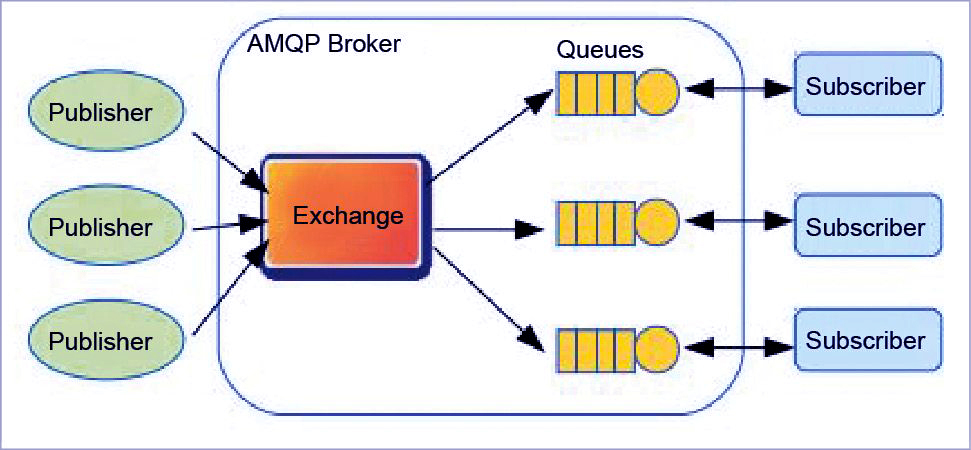
4. Data Distribution Service (DDS)
It enables a scalable, real-time, reliable, excessive-overall performance and interoperable statistics change via the submit-subscribe technique. DDS makes use of multicasting to convey high-quality QoS to applications.
DDS is deployed in platforms ranging from low-footprint devices to the cloud and supports green bandwidth usage in addition to the agile orchestration of system additives.
The DDS – IoT protocols have fundamental layers: facts centric submit-subscribe (dcps) and statistics-local reconstruction layer (dlrl). Dcps plays the task of handing over the facts to subscribers, and the dlrl layer presents an interface to dcps functionalities, permitting the sharing of distributed data amongst IoT enabled objects.
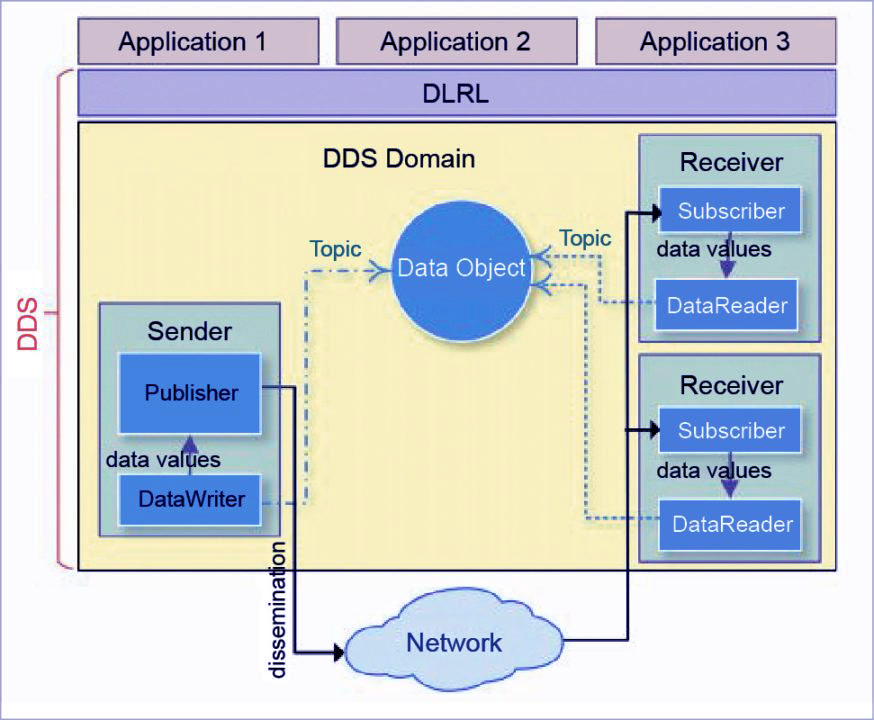
Summary
Above mentioned were the 4 important IoT protocols to make you thorough with this concept. But these are not enough to get a complete grasp about the topic and, therefore, there is another important blog which focuses on the protocols that are used for messaging. Make yourself familiar with these IoT Messaging protocols and learn everything you need to know about them.
Providing valuable feedback in the comment section below will be highly appreciable.

